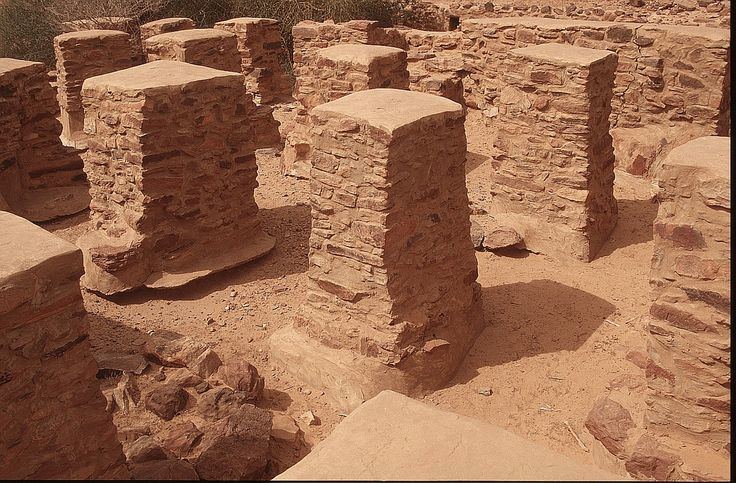The historic city of Tidjikja in central Mauritania was established around 1660 AD on the Tagant plateau. The city stands out by its oases and its architecture in the form of Ksar, which refers to the Berber fortified cities of the era. Historically, the city was famous for the scientific role embraced by some of its inhabitants, such as the scholar, Sidi Abdullah bin Al-Hajj Ibrahim Al-Alawi. The city also witnessed the killing of the French invader and ruler Xavier coppalani in 1905 AD, who was buried there. The Ksar of Tidjikja was the main legacy of Chinguetti. In fact, Chinguetti city was shining at the time but its cultural and commercial influence was then transferred for the most part to Tidjikja thanks to a large number of Chinguetti scholars and merchants who decided to change settlement.
Commercially, the Ksar of Tidjikja has become the meeting place for caravans from Tichitt, Ouadane, Chinguetti, Senegal River (Tekrour), and Toumbouktou. The salt caravans from Idjill, but also those from the Tichitt and Baten regions have made Tidjikja their ideal destination. Thus, prospered the Ksar of Tidjikja and developed a more refined architecture and way of life. The town planning of the Ksar is comparable to that of the other ksours, but with a notorious rigor expressed until today by effervescent polemics in the jurisprudence of the land sector of the city. The Ksar currently houses the best traditional libraries in Mauritania. The over 5000 manuscripts sheltered in the city are unique both in their form and their content.
Drafted on gazelle skins, the scriptures are treasures of the nation and their innovative content has immense value in the Muslim sphere. In fact, the Nawazils of the eminent Moujtahid of Tidjikja Sidi Abdullah Ould El Haj Ibrahim constitute a reference in the high places of Sunni Islam such as Fes, Tunis, Cairo, and Mecca. For several centuries, it was the golden age of the Ksar of Tidjikja and by the end of the 19th century, the old city became the capital of the French administration in Mauritania.

